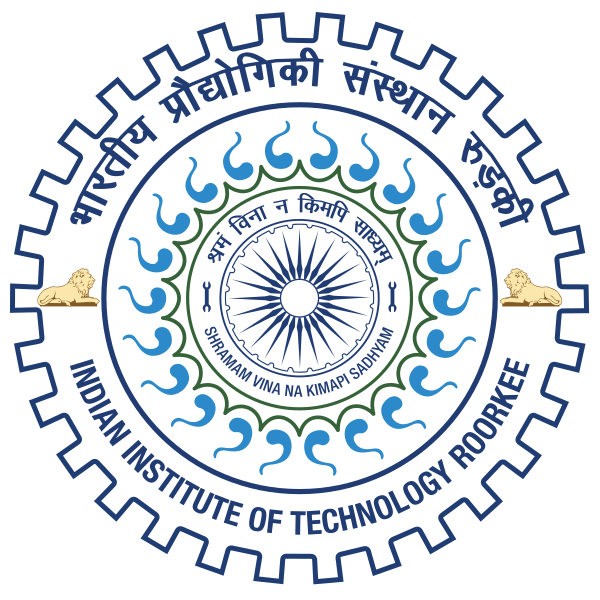Please use this identifier to cite or link to this item:
http://localhost:8081/jspui/handle/123456789/11266Full metadata record
| DC Field | Value | Language |
|---|---|---|
| dc.contributor.author | Sehgal, Satbir Singh | - |
| dc.date.accessioned | 2014-11-26T07:32:23Z | - |
| dc.date.available | 2014-11-26T07:32:23Z | - |
| dc.date.issued | 2005 | - |
| dc.identifier | M.Tech | en_US |
| dc.identifier.uri | http://hdl.handle.net/123456789/11266 | - |
| dc.guide | Gakkhar, R. P. | - |
| dc.guide | Singh, K. M. | - |
| dc.description.abstract | The design of burners are improving each day as the demand of higher radiant heating rates, minimum emissions and better fuel economy has been growing. Unlike the conventional combustion processes, the porous media burner technology does not operate with free flames. Rather, the combustion takes place in three-dimensional cavities formed in porous medium, resulting in a totally different appearance of the flame. The cavities may be created using porous ceramic pebbles, ceramic foams, metal foils, wire mesh, etc. The existing designs of porous medium radiant burners have typically relied on premixed mixtures of gaseous fuels and air. In the present dissertation, combustion analysis is done for a newly developed porous media radiant burner for burning liquid fuels such as kerosene, diesel etc without the need of using a spray atomizer. This cylindrical burner system has an insulated porous media inlet preheating section, a combustion chamber section, in which air is entered both axially and tangentially and an exhaust section having a separate porous material as emitter. Liquid fuel is supplied drop wise to the top surface of the porous medium burner and burnt on the lower side where the swirled and axial air is supplied and mixed with the fuel vapor. Provision for the temperature measurements in axial direction along the centre-line at various locations on the porous media, combustion chamber and exhaust duct to ascertain the efficiency of combustion and heat transfer processes are made. AVL DiGas 4000 exhaust gas analyzer has also been used to measure the oxides of nitrogen NO,, and carbon monoxide CO to assess the reduction in these pollutants by the introduction of porous media. The analysis part includes, studying the effect of the parameters such as thermal input, equivalence ratio, introduction of swirled air, installation of the downstream porous emitter on the emission characteristics of the burner system. xiv | en_US |
| dc.language.iso | en | en_US |
| dc.subject | MECHANICAL INDUSTRIAL ENGINEERING | en_US |
| dc.subject | COMBUSTION ANALYSIS | en_US |
| dc.subject | LIQUID FUEL | en_US |
| dc.subject | POROUS MEDIA RADIANT BURNER | en_US |
| dc.title | COMBUSTION ANALYSIS OF LIQUID FUEL WI'T'HiN POROUS MEDIA RADIANT BURNER | en_US |
| dc.type | M.Tech Dessertation | en_US |
| dc.accession.number | G12456 | en_US |
| Appears in Collections: | MASTERS' THESES (MIED) | |
Files in This Item:
| File | Description | Size | Format | |
|---|---|---|---|---|
| MIEDG12456.pdf | 13.88 MB | Adobe PDF | View/Open |
Items in DSpace are protected by copyright, with all rights reserved, unless otherwise indicated.

